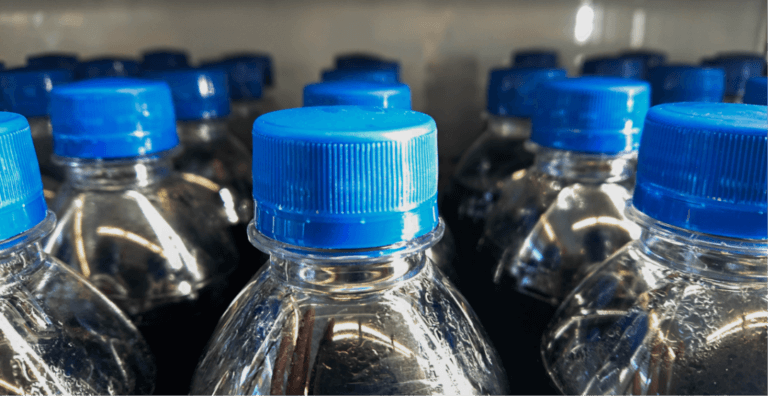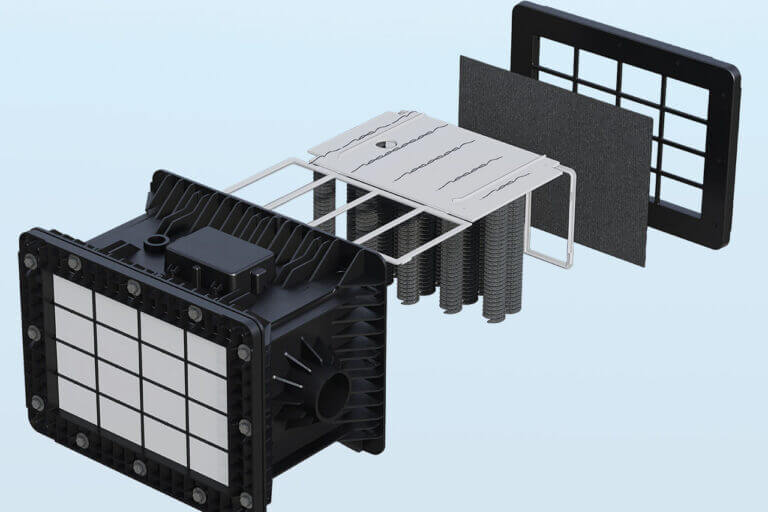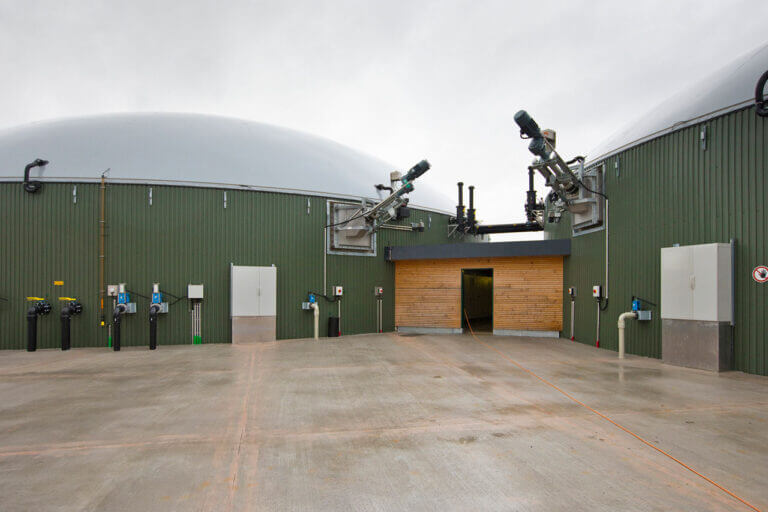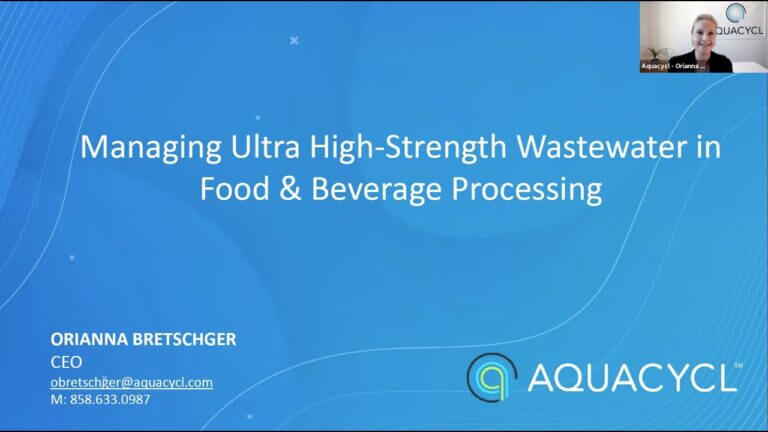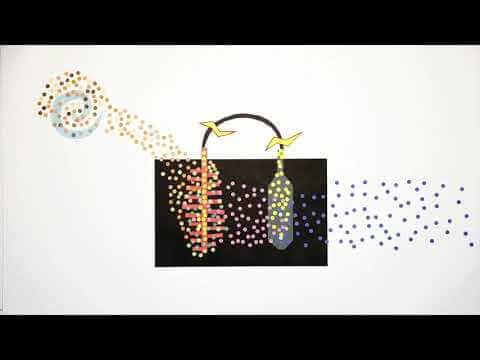Water plays a major role in the consumer packaged goods industry. This is especially true for those within the food and beverage industries, as water is an essential ingredient in most products. Correspondingly, the industry is also a large producer of wastewater, discharging over a billion liters of wastewater every year.
Wastewater is expensive, both in terms of a company’s immediate financial costs and the longer-term costs untreated wastewater can have on the environment.
The Old Way of Wastewater Treatment
There are three ways companies have traditionally dealt with their process wastewater:
- They send it to sewer and accept any fines or surcharges for doing so (this can get expensive, and could be problematic for the receiving utility depending on what is in the wastewater).
- They truck it offsite for land application or disposal (which becomes more expensive and challenging with growth).
- They build their own system for treating wastewater onsite.
Depending on what is in the wastewater, building an onsite wastewater treatment facility could be the most sustainable and cost-effective option in the long run. But, companies are often reluctant to invest in onsite treatment for a variety of reasons. Conventional systems require large capital expenditure and are difficult to scale, meaning companies need to choose between building for today to meet existing needs or investing more upfront to avoid expensive retrofitting to meet future demand or permit changes.
Primary Types of Onsite Wastewater Treatment
Onsite wastewater management systems will generally operate with one or more of the following types of wastewater treatment:
Chemical or physical separation
Often used as a pretreatment step, in conjunction with aerobic or anaerobic treatment, this type of treatment removes high solids by either clumping particles together and separating out, or using screens, centrifuge or other mechanical mechanisms to remove the larger particles. Companies still have to dispose of the sludge generated from this step.
Aerobic treatment
Aerobic treatment involves the use of natural microorganisms and oxygen to break down carbon. Of all types of treatment, aerobic treatment is the most common. Aerobic treatment can take the form of a pond or lagoon that is left for more passive treatment, or the wastewater can be actively pushed through an aerobic system. This, however, has limitations on the concentration of wastewater that can be treated in aerobic systems, and can get expensive quickly as it requires large amounts of energy to push the oxygen through the wastewater. Sludge management can also become a problem, as aerobic systems have higher sludge production as a byproduct.
Anaerobic digestion
Anaerobic digestion uses microorganisms that are capable of digesting or breaking down biodegradable materials without oxygen. The process of anaerobic digestion generates high amounts of methane, which can be recovered and used to provide clean energy to the plant. This has long been considered the only choice with higher concentration streams, but they are still limited on the ultra-high strength wastewaters (above 20,000 ppm biological oxygen demand or BOD). They also can require trained personnel, nutrient addition, and considerable space and capital expenditure.
Choosing to Be Different: Alternative Wastewater Treatment Technologies
More companies are acknowledging the important role water, and thereby wastewater, play in daily business operations. Leading businesses are connecting wastewater with business value. Good water stewardship saves money, reduces risk, and most importantly, is better for our planet and people.
But to practice good water stewardship today, it requires thinking outside of the traditional and incorporating alternative technologies.
These alternative technologies, for some, may involve nature based solutions. For example, South African Breweries, a company operating under the Anheuser-Busch InBev brand, has built the first fully biological wastewater treatment system in Africa within the brewing industry. Christened “Project Popeye“, this treatment system recovers effluent from brewery wastewater utilizing high-rate algal ponding (a form of aerobic treatment) and then diverting that into an agricultural system that grows spinach. The spinach absorbs all of its nutrients from the wastewater, effectively cleaning it in a holistic manner.
Other innovative solutions are coming from startups like Evove, which combines materials science and additive manufacturing to improve membrane performance, increase water recovery and reduce fouling, or Moleaer’s nanobubble systems which enhance oxygen transfer and promote microbial activity.
This is an exciting time for new technologies that are coming to market, addressing a variety of wastewater challenges in new ways.
The Aquacycl Alternative
Naturally, out of all the emerging wastewater treatment technologies, we are most excited about our own. Aquacycl’s revolutionary BETT (or BioElectrochemical Treatment Technology) system utilizes energy producing microbes housed in fuel cell units to treat the toughest organic streams from consumer packaged goods companies. BETT offers four critical advantages that every plant manager will appreciate:
- The BETT system treats wastewater 1,000 times more concentrated in organic carbon than the typical city sewer and 10 times higher than traditional anaerobic technology. The dirtier the better for us.
- The BETT system is easily scalable. You only have to add more units to increase your water treatment capabilities. And it really is as simple as just getting more units, no need to completely re-do your existing facility.
- The BETT system makes its own DC power, thereby slashing energy costs (and corresponding greenhouse gas emissions) for wastewater treatment. As the BETT system breaks down organic material within wastewater, it captures energy released during that process. That energy can then get transitioned back into powering the system.
- The BETT system comes with a partnership. Aquacycl’s innovations are not just material. We offer long-term contracts in which we take on the maintenance and operations for your wastewater treatment, including monitoring and control and sludge management. This eliminates your need to hire your own personnel or worries about expensive repairs.
Learn More About Aquacycl’s Innovations
Are you ready to improve your wastewater management with the right partner? Give our team at Aquacycl a call today to see how we can revolutionize your wastewater management, reducing costs and improving sustainability.





